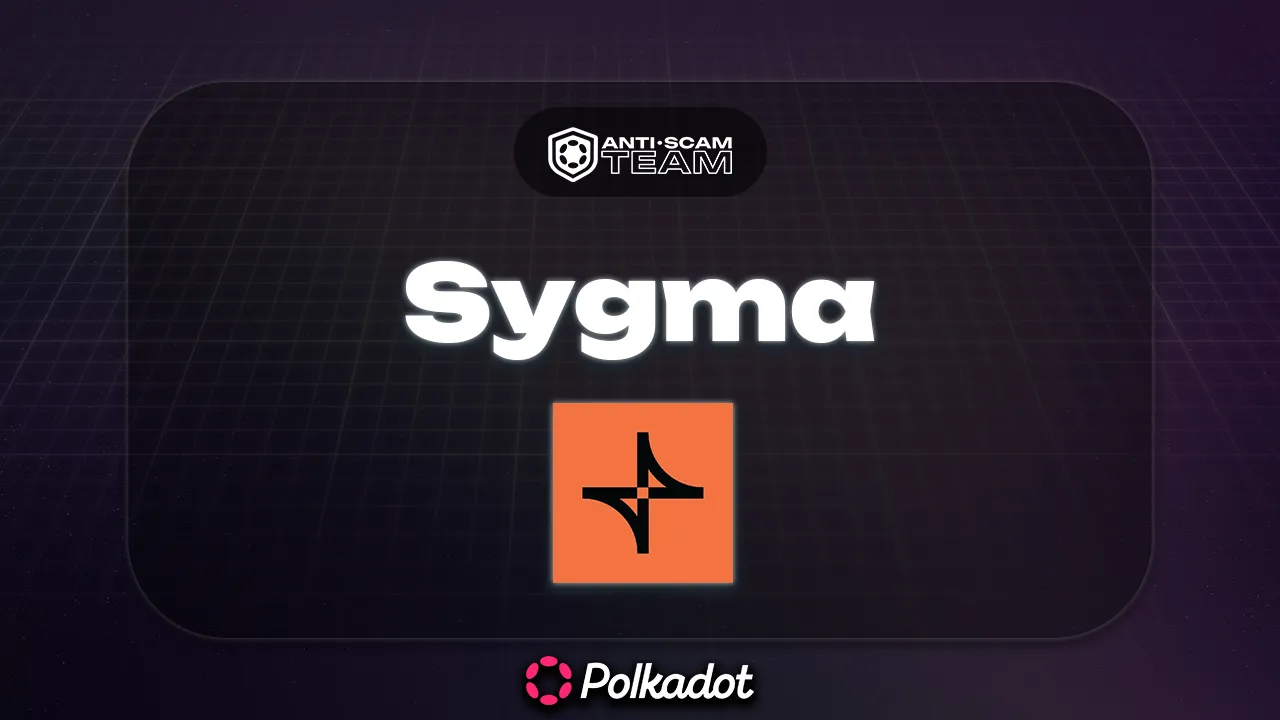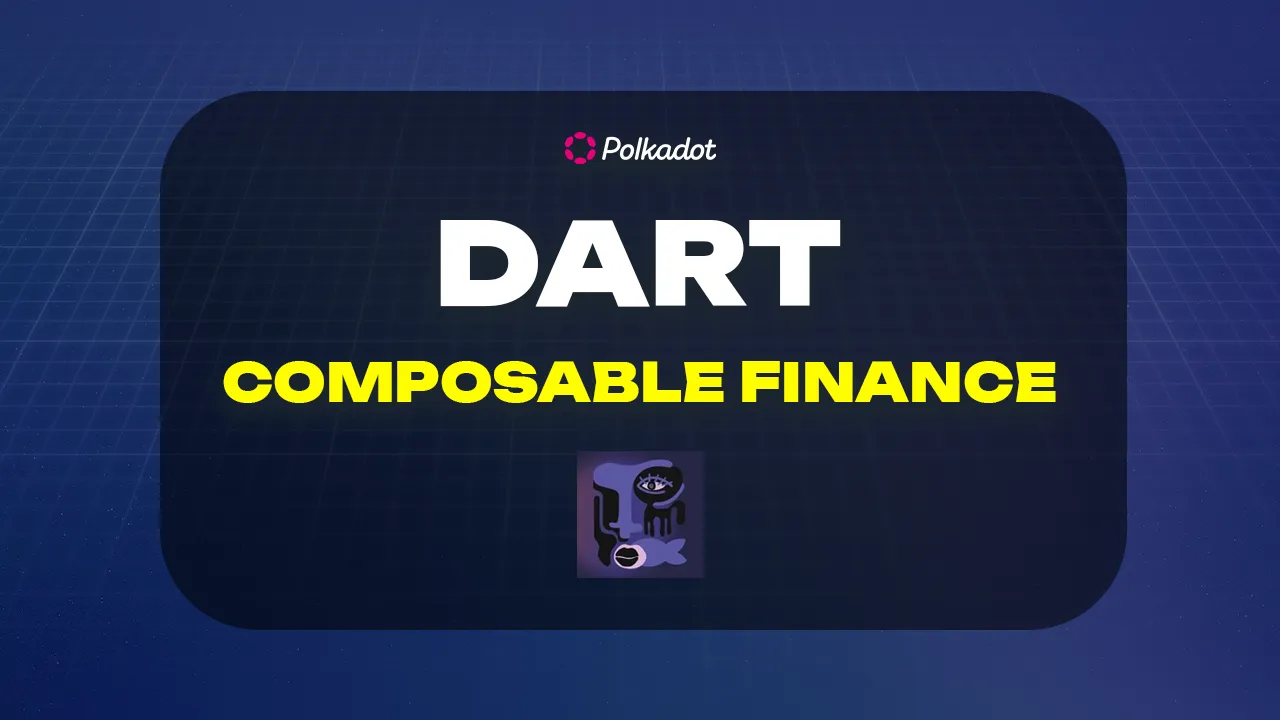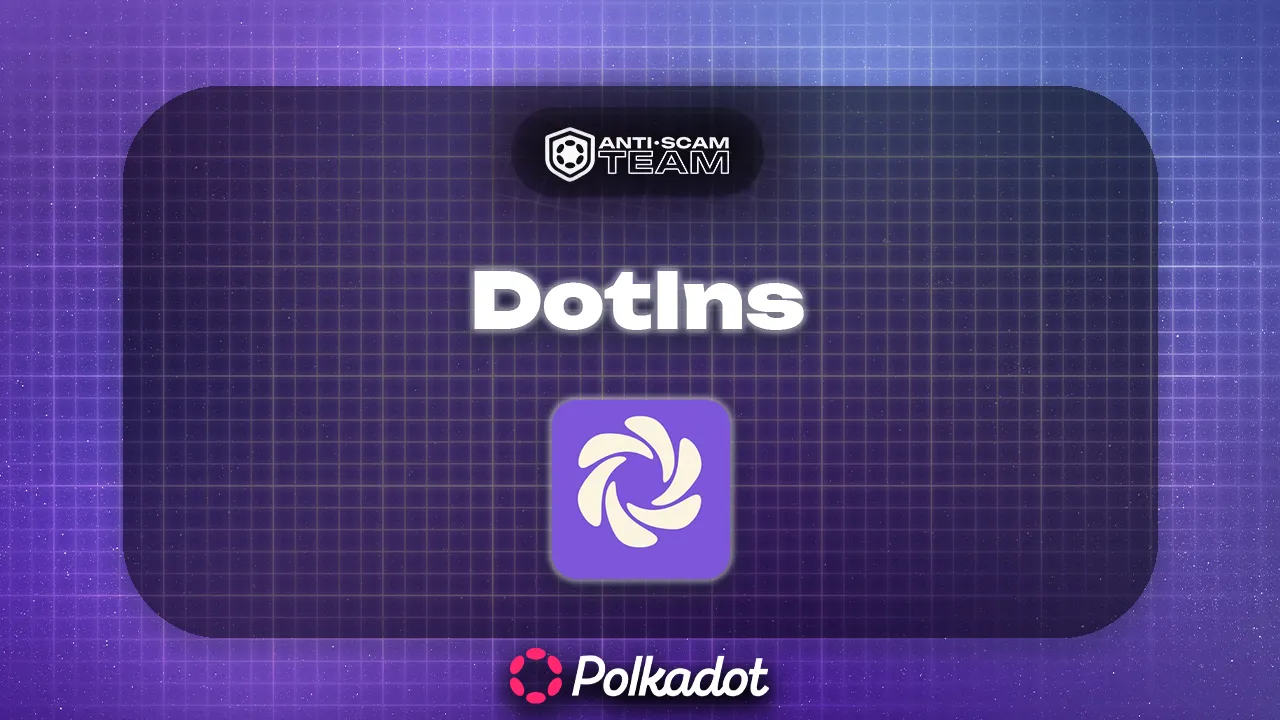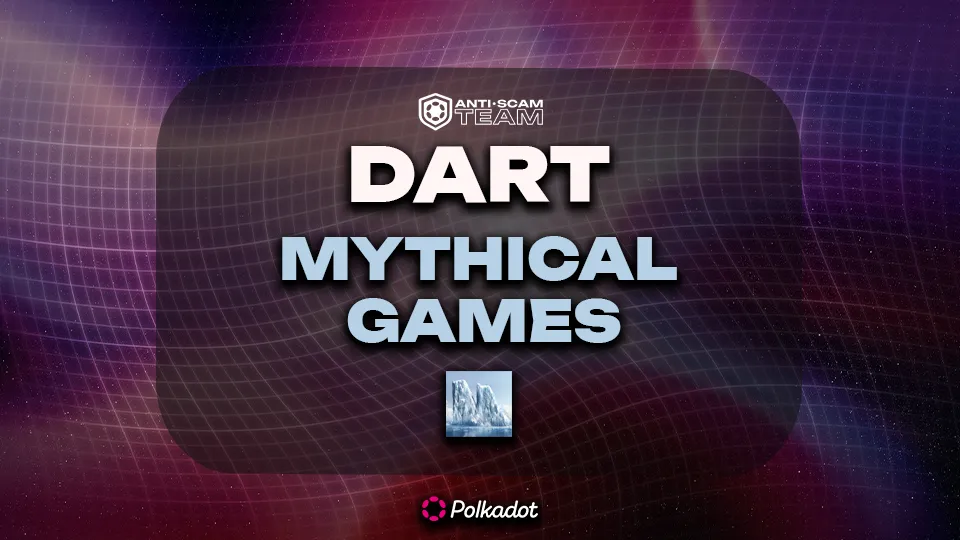As decentralized applications (dApps) gain traction, the demand for robust and reliable cross-chain interoperability solutions is at an all-time high. Sygma, a cross-chain connectivity protocol built on the Polkadot network, is designed to meet this demand by providing an open-source, multi-purpose interoperability layer. This article delves into the DART (Digital Assets Risk and Trustworthiness) assessment of Sygma, exploring its strengths, challenges, and overall potential within the blockchain ecosystem.
Read the full DART document about Sygma.
Sygma Project Overview
Sygma stands out as a fully open-source interoperability layer aimed at simplifying the complexities of cross-chain dApp development. By abstracting the intricacies of bridging different blockchain networks, Sygma enables developers to focus on building user-centric experiences that mirror the simplicity of Web2 applications. The protocol’s architecture is designed to support a wide range of blockchain ecosystems, making it a versatile solution for developers seeking to integrate cross-chain functionality into their dApps.
Sygma Team Composition
The success of any blockchain project hinges on the expertise and dedication of its team. Sygma’s team is composed of seasoned professionals with extensive experience in blockchain development, developer advocacy, and business strategy. Key members include Isah Idris, a BlockOps Engineer with a strong background in Web3 networks, and Freddy Li, a Rust Substrate Developer with significant experience in blockchain infrastructure. The team is further supported by Jaime Varela, a Blockchain Interoperability Consultant, and Alexander Muller, the Program Lead, who brings over a decade of experience in B2B software product management.
Sygma Code Quality and GitHub Repository
The open-source nature of Sygma is one of its major strengths, fostering transparency and community engagement. The protocol’s GitHub repository reflects a healthy level of activity, with contributions from multiple developers across 32 repositories. The choice of programming languages—Rust, HCL, Go, TypeScript, and JavaScript—demonstrates a thoughtful approach to software development, leveraging the strengths of each language to optimize different aspects of the protocol. However, the relatively small number of listed project members and the moderate level of recent commits raise concerns about the long-term sustainability of active development.
Sygma Community and Social Media Engagement
A strong community is crucial for the growth and adoption of any blockchain project. Sygma’s community engagement varies significantly across different platforms. While the project boasts over 10,000 followers on X (formerly Twitter) and more than 500 members on its Discord server, the overall engagement levels are relatively low. The lack of significant interaction on platforms like LinkedIn and X suggests a need for a more effective content strategy. On Discord, however, the quality of interactions is notably higher, with active participation from admins and users, though the absence of a dedicated scam report channel is a minor concern.
Business Model and Sustainability
Sygma’s business model is robust, built on the principles of openness, community-driven governance, and modular architecture. The protocol’s licensing under LGPL-3.0 promotes transparency and collaboration, essential for fostering innovation within the developer community. Sygma’s architecture, inspired by ChainBridge, allows for seamless integration with various blockchain ecosystems, making it adaptable to the evolving needs of the Web3 space. However, the complexity of maintaining interoperability across multiple chains presents a significant challenge, requiring continuous effort to ensure security and reliability.
Growth Potential and Future Prospects
Sygma is well-positioned to capitalize on the growing demand for cross-chain interoperability solutions. Its compatibility with both EVM and Substrate-based networks, along with potential extensions to Bitcoin and Tendermint-based chains, opens up vast opportunities for expansion. Potential revenue streams include transaction fees for cross-chain operations, subscription models for premium features, and strategic partnerships. However, the project’s future success will depend on its ability to maintain active development, enhance community engagement, and secure financial sustainability through well-defined funding strategies.
Sygma Case Study Conclusion
The DART assessment of Sygma Protocol reveals a project with significant strengths, particularly in its open-source nature, modular architecture, and experienced team. While there are areas for improvement—such as increasing code activity and enhancing community engagement—the overall potential of Sygma within the blockchain ecosystem is promising. As the Web3 space continues to grow, Sygma’s role in facilitating cross-chain interoperability will likely become increasingly important. Potential stakeholders and investors are advised to monitor the project’s developments closely and consider the findings of this assessment when making decisions.




